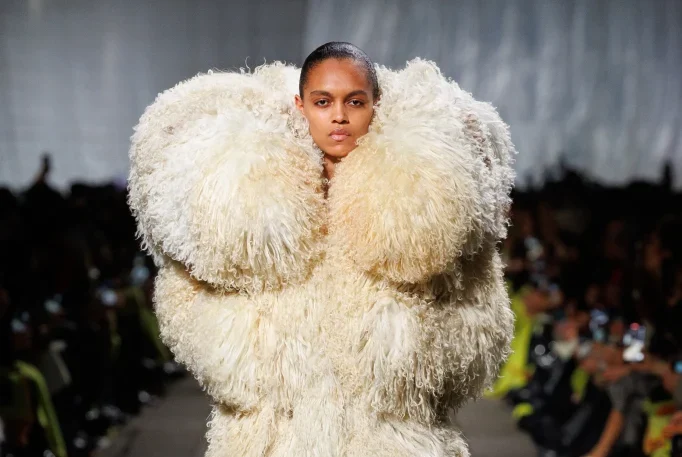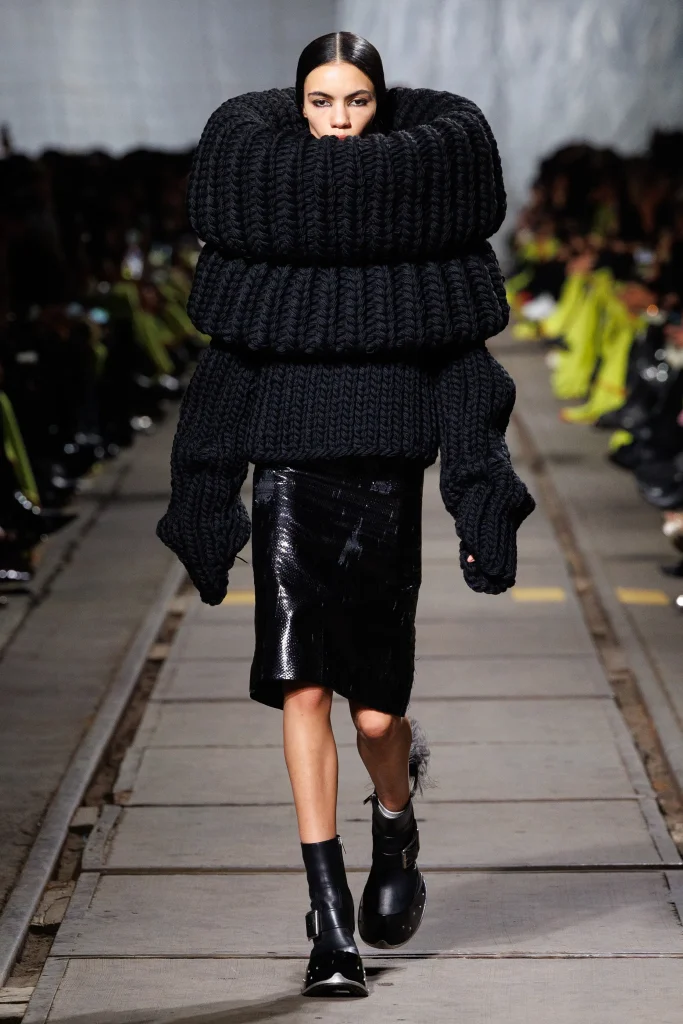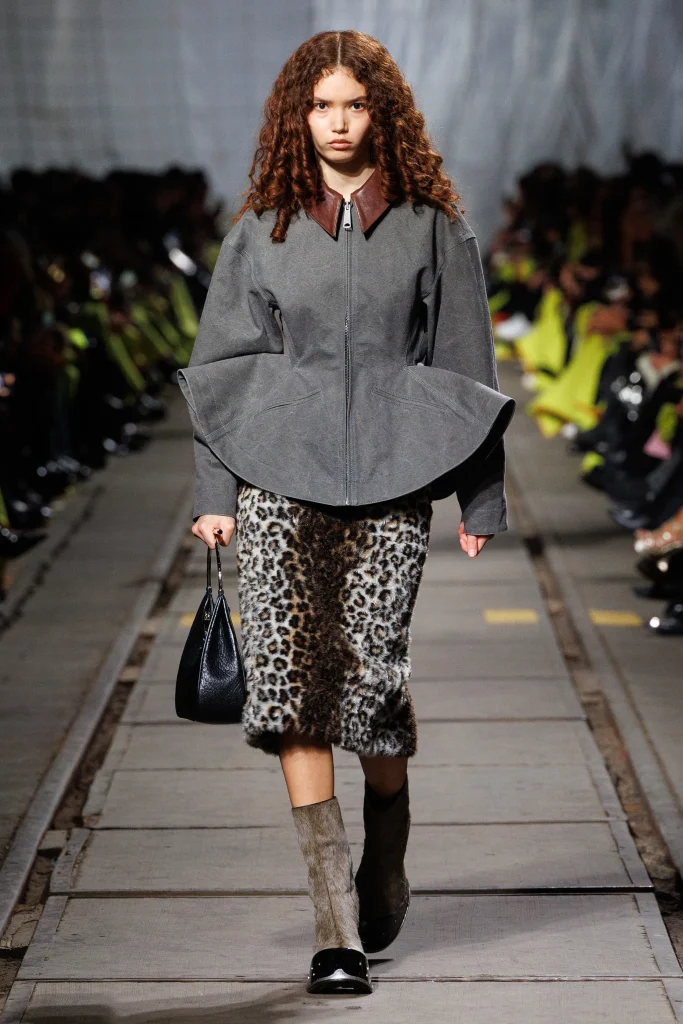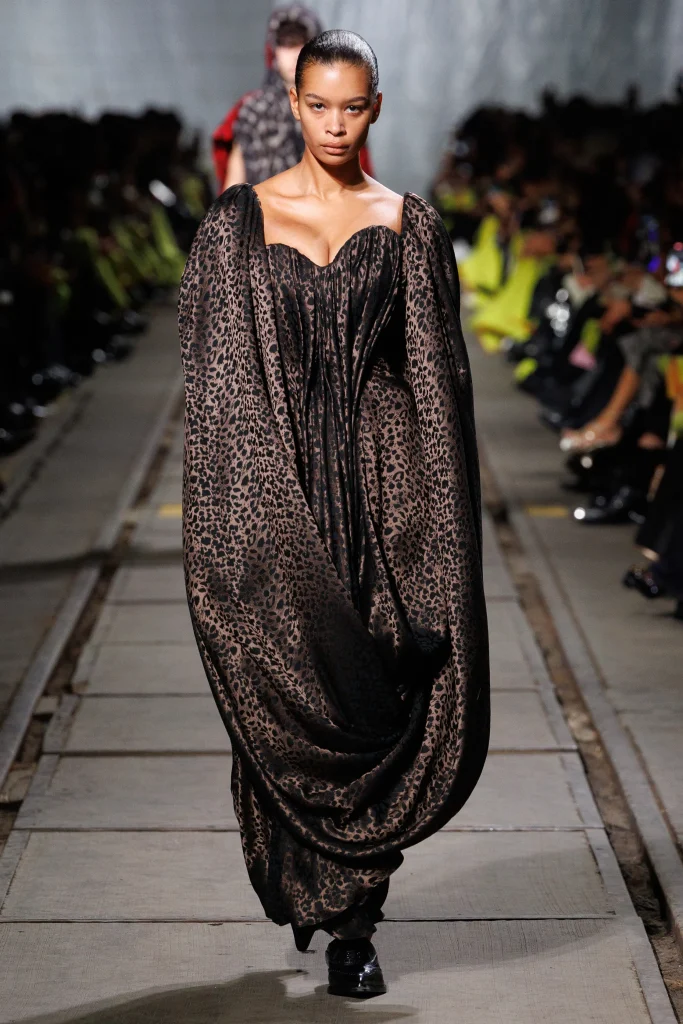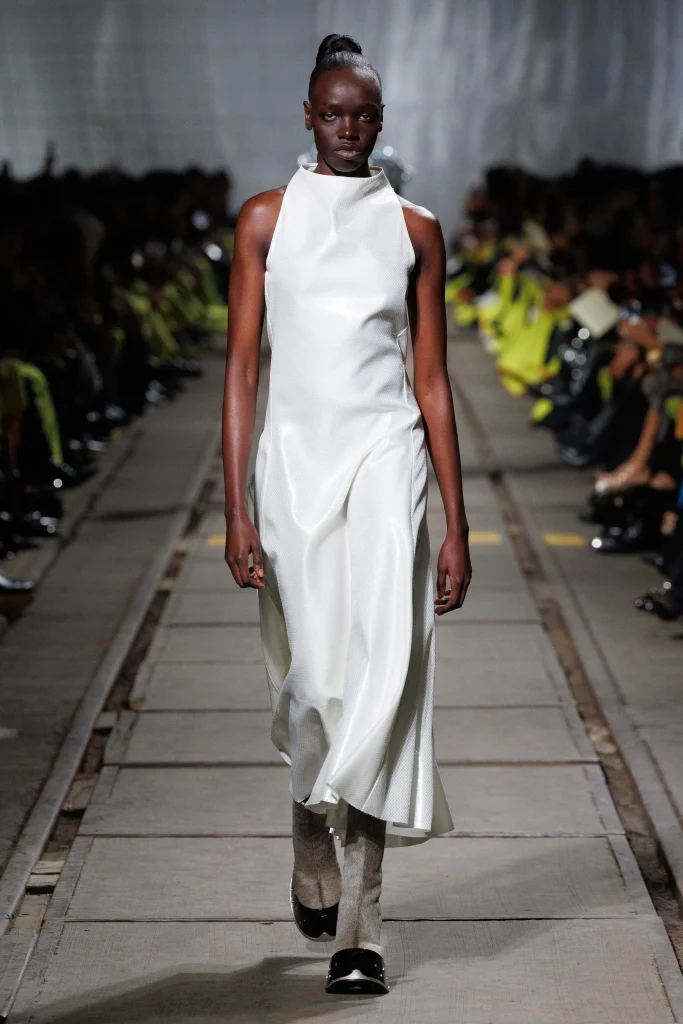Excuse the irony, but die hard fans of Alexander McQueen always carry a sense of pretension. For them, understandably, nothing will ever live up to the mastery of Lee McQueen himself. But God forbid anyone dare try.
Last night Seán McGirr presented his debut collection in the hot seat for Alexander McQueen, after taking over from veteran designer Sarah Burton who had helmed the house for thirteen years. The comments that followed reminded of those splashed across the pages of the press following Lee’s debut at Givenchy, in 1997. The parallels were in fact almost poetic.
Of course back then the concept of social media was in its infancy, but one could imagine that if critics had been able to access an Instagram comment section, their words might have mimicked those that followed this latest collection. One comment read “McQueen would’ve hated this”. Isn’t that satire in itself given the opposition Lee faced to his designs back in the day? That being said, I believe that in the name of critique there should be nuance. A nuance which was unfortunately missing from the majority of this post show commentary.
To the collection itself, McGirr offered a differing perspective of McQueen from that which we have become accustomed to. Perhaps people crave the comfort of knowing what to expect, which Burton certainly brought with her to the role. And whilst there were references to the robust tailored ensembles so definitive of both his predecessors, there was a definite looseness that had not been seen previously.
The show was varied in its offering lavish lopsided leopard print dresses appeared alongside radically oversized knits, strapping leather trenches, a dress and top of smashed glass, cosy fur numbers, the list goes on. A clear indication that McGirr was looking to find his footing without being channelled in one specific direction too soon.
Designer debuts are always tumultuous, especially when it involves an unknown name taking the reins at one of the most influential house’s of the century. Therefore this transitional period offers a canvas for experimentation, where the interplay between homage and headway. It would be prudent then to assume that there’s growth and evolution to come between now and McGirr’s sophomore collection, and one should not be so quick to compare past with present. Afterall, we live in a different era to that of Lee McQueen.
